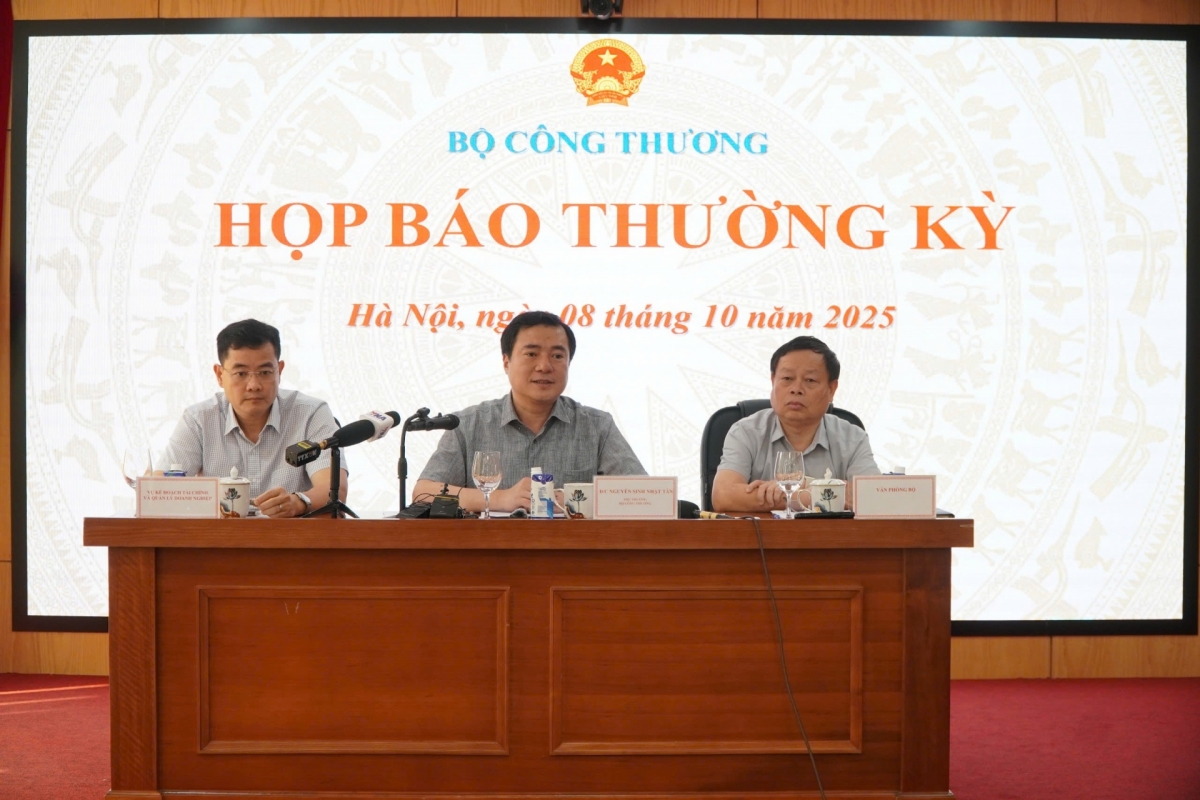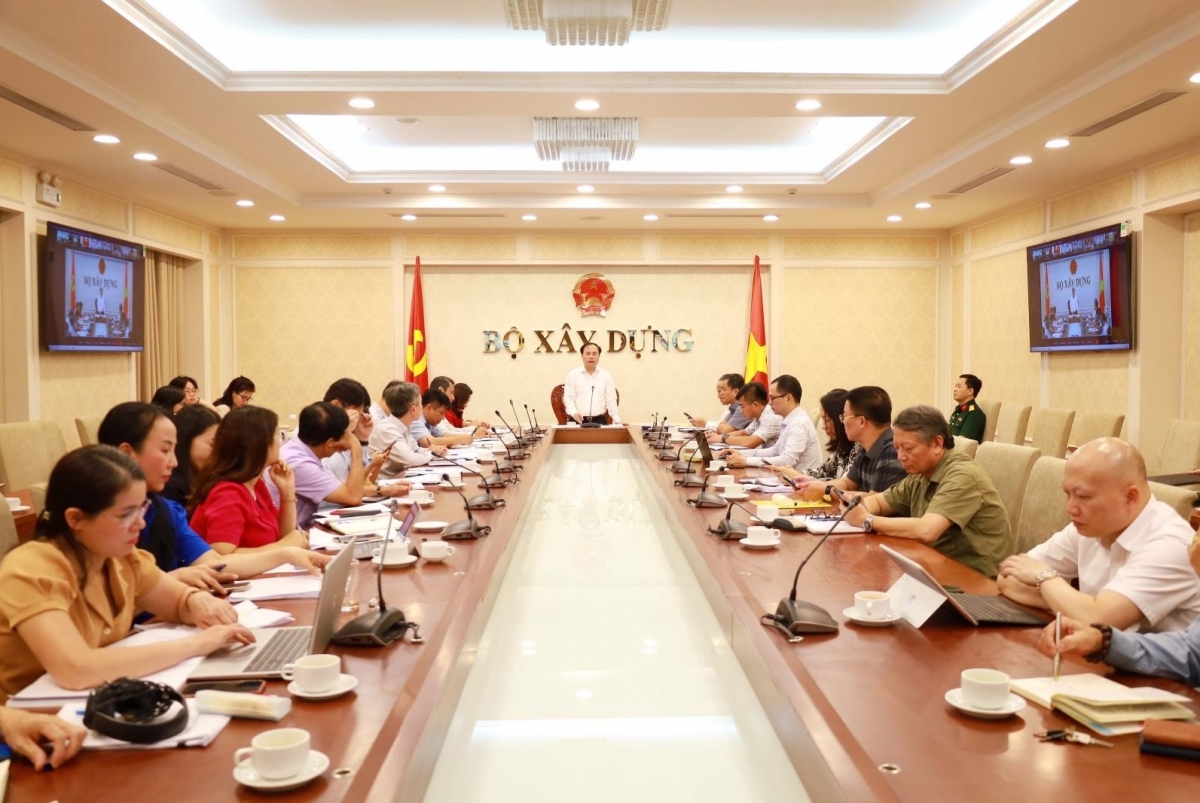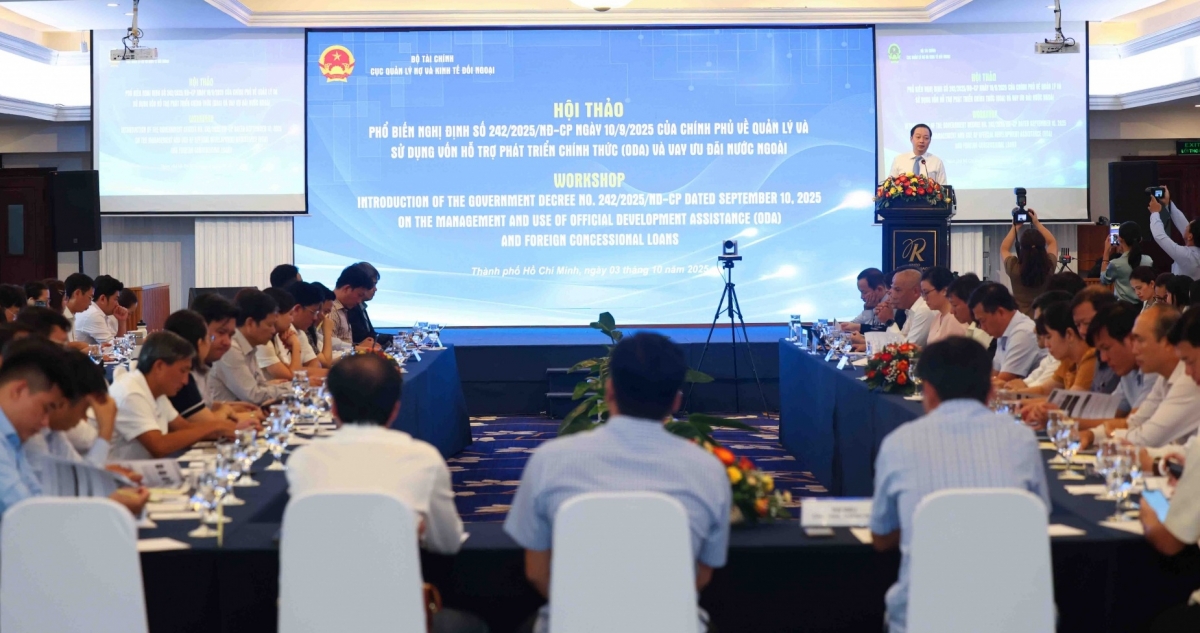INTERNATIONAL INVESTMENT
AND PORTAL
Since it entered into force in early 2022, the Regional Comprehensive Economic Partnership (RCEP) has helped strongly promote integration of value and supply chains, strengthen confidence in regional economic recovery and create new impetus for trade and investment growth in the region and the world, according to an article on the Zhongguopinglun (China review) website of Hong Kong (China).
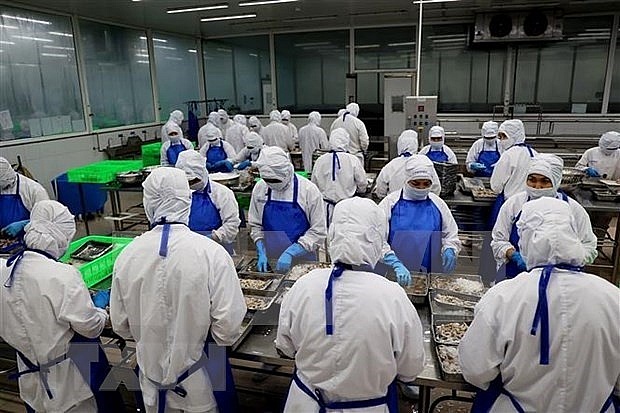 Processing shrimps for export in Ho Chi Minh City. - Illustrative image (Photo: VNA)
Processing shrimps for export in Ho Chi Minh City. - Illustrative image (Photo: VNA)
Hong Kong – Since it entered into force in early 2022, the Regional Comprehensive Economic Partnership (RCEP) has helped strongly promote integration of value and supply chains, strengthen confidence in regional economic recovery and create new impetus for trade and investment growth in the region and the world, according to an article on the Zhongguopinglun (China review) website of Hong Kong (China).
The article quoted Oramon Subthawitham, Director-General of the Department of International Trade Negotiations of the Thai Ministry of Commerce, as saying that the total import-export value between Thailand and RCEP member countries accounts for more than 50 per cent of Thailand's foreign trade.
The effective implementation of RCEP has great effects in promoting trade between Thailand and other RCEP member countries, Subthawitham said.
According to data released by the Cambodian Ministry of Commerce, in the first half of 2022, the country's exports to RCEP member countries increased by nearly 10 per cent year-on-year.
Cambodian Ministry of Commerce's Undersecretary of State and Spokesman Bin Soviji emphasised that RCEP and the Cambodia-China Free Trade Agreement are important factors in boosting Cambodia's export growth.
Thanks to RCEP, Cambodia exports more products to other RCEP member countries and has expanded its export markets.
For Vietnam, Vietnam's seafood exports also surged thanks to RCEP. Vietnam has exported seafood to more than 160 markets around the world, of which exports to RCEP member countries account for over 63 per cent. In the first 10 months of 2022, Vietnam's seafood exports increased by 34 per cent over the same period in 2021.
According to statistics from the General Administration of Customs China (GACC), the total import and export turnover between China and RCEP partners in 2022 reached over 12.95 trillion CNY (1.9 trillion USD), up 7.5 per cent year-on-year, accounting for 30.8 per cent of China's total foreign trade turnover.
Secretary-General at the United Nations Conference on Trade and Development (UNCTAD) Rebecca Greenspan said in the context of declining global openness, rising trade costs and bottlenecks of supply chains, RCEP has significantly contributed to the global economy.
The RCEP comprises 10 members of the Association of Southeast Asian Nations (ASEAN), namely Brunei, Cambodia, Indonesia, Laos, Malaysia, Myanmar, the Philippines, Singapore, Thailand and Vietnam, together with their five trading partners, namely China, Japan, the Republic of Korea, Australia, and New Zealand. It is the world's largest free trade agreement, and has entered into force in 14 member countries.
 RCEP among most-promising trade agreements for Vietnam
RCEP among most-promising trade agreements for Vietnam
Vietnam is expected to reap the most investment and trade benefits from the Regional Comprehensive Economic Partnership (RCEP) when compared to many other trade pacts, as most of the country’s largest foreign investors are from the deal’s member economies.
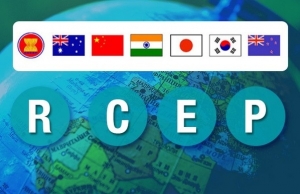 Long-term gains on horizon for Vietnam via RCEP
Long-term gains on horizon for Vietnam via RCEP
The application of favourable conditions for rules of origin within the Regional Comprehensive Economic Partnership is expected to benefit Vietnam’s trade performance and enable the country to participate more deeply in the regional supply chain.
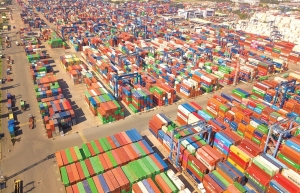 RCEP boosting like-minded vision among bloc members
RCEP boosting like-minded vision among bloc members
With one-year entry into force of a regional trade deal, ASEAN is expecting to boost further investment and trade cooperation. In this landscape, Vietnam is becoming a top destination for regional partners.
By VNA


